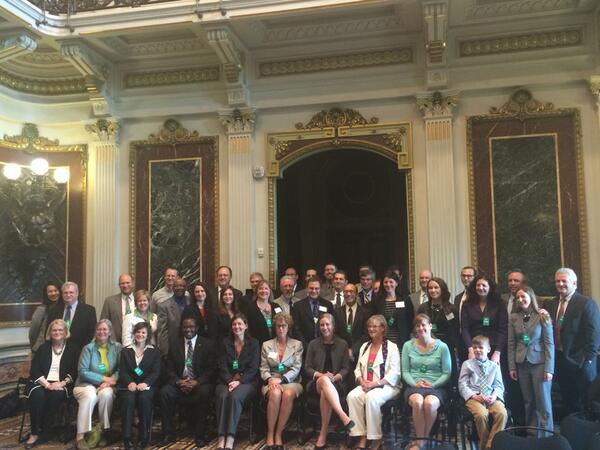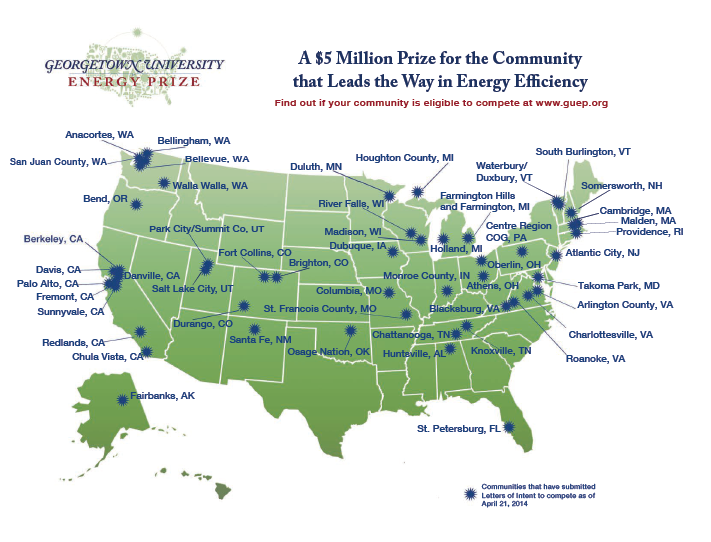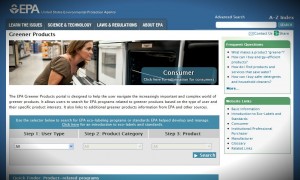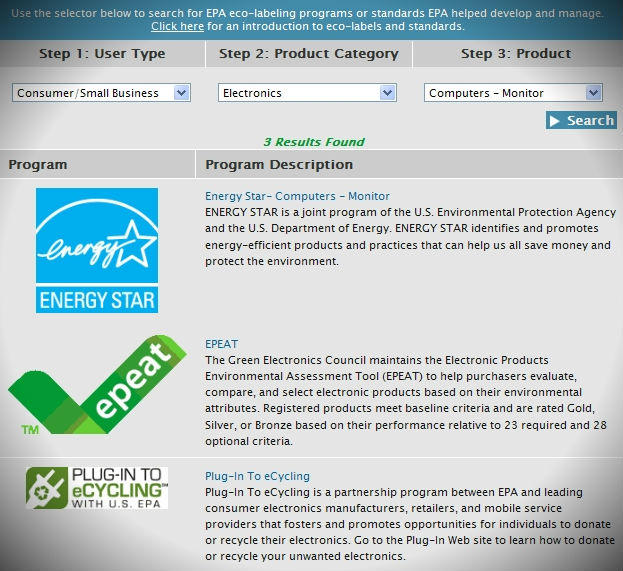At the beginning of last month, President Barack Obama announced his plans for limiting greenhouse gas emissions from the thousands of active power plants in the United States. This is part of his pledge to cut American’s carbon emissions by about 17 percent by 2020. While the details of the plan have not yet been specified, Obama says his rules will bring down the heat-trapping greenhouse gasses that are responsible for global warming. One downside to the plan that critics have pointed out would be the closing of many existing power plants, which would prompt an increase of the price of electricity. However, the White House says that action against climate change must be taken immediately or warming and erratic weather will increasingly become disruptive and will endanger the public’s well-being around the world. As power plants are the single largest source of fossil fuel emissions in the United States, putting restrictions on them will not only ensure a sustainable environment for the United States, but as an example for the whole world. Since Congress will not act on climate change, Obama has used the Clean Air Act from the 1970s, which has only recently been applied to greenhouse gases. The government will issue guidelines that each state has to meet for cutting emissions. Even after the draft rule is proposed, it has to have public feedback for a full year, plus another year for the states to submit their plans for reaching the guidelines for cutting there emissions.
Read more about the rules in this Q&A.











